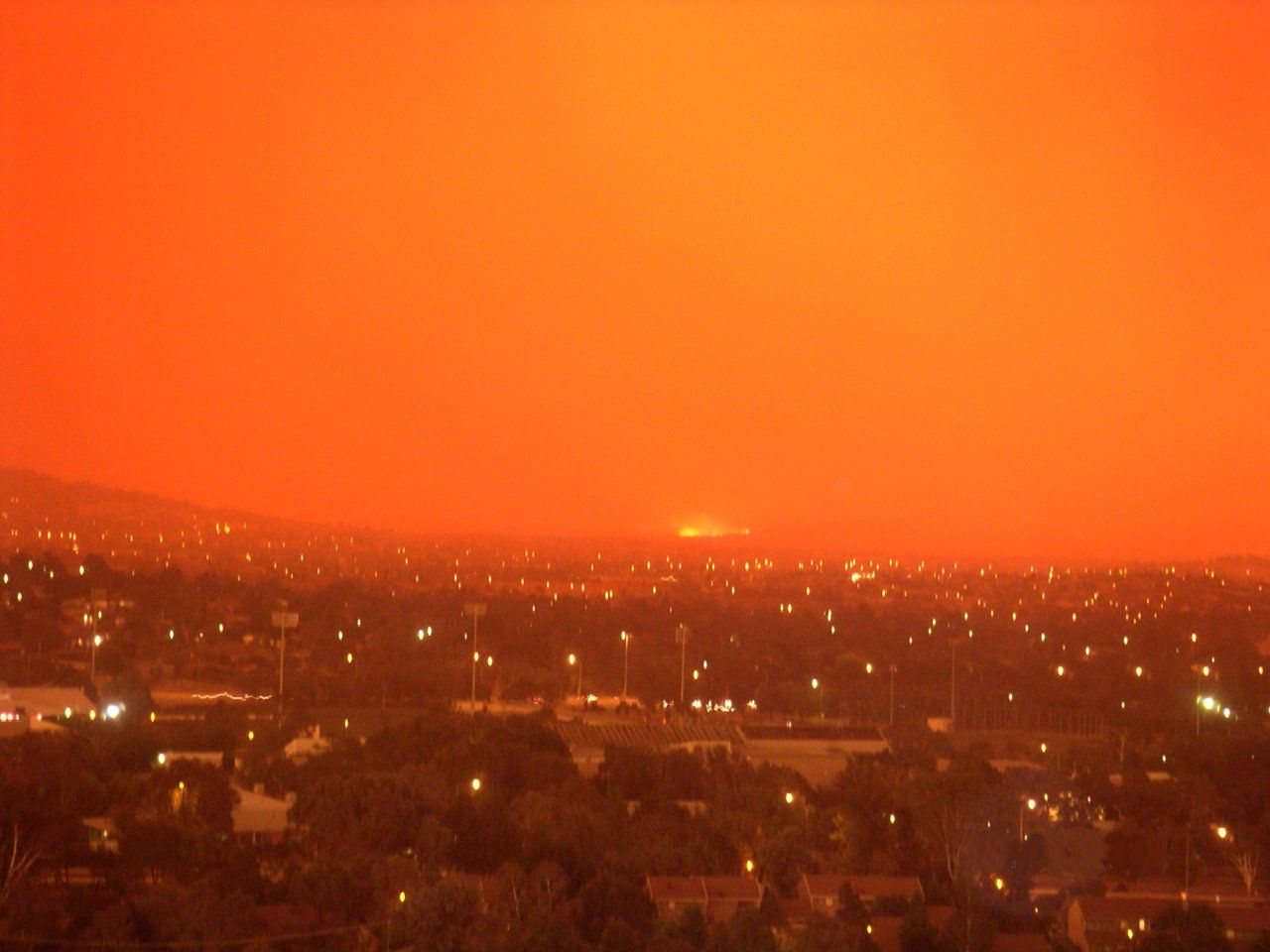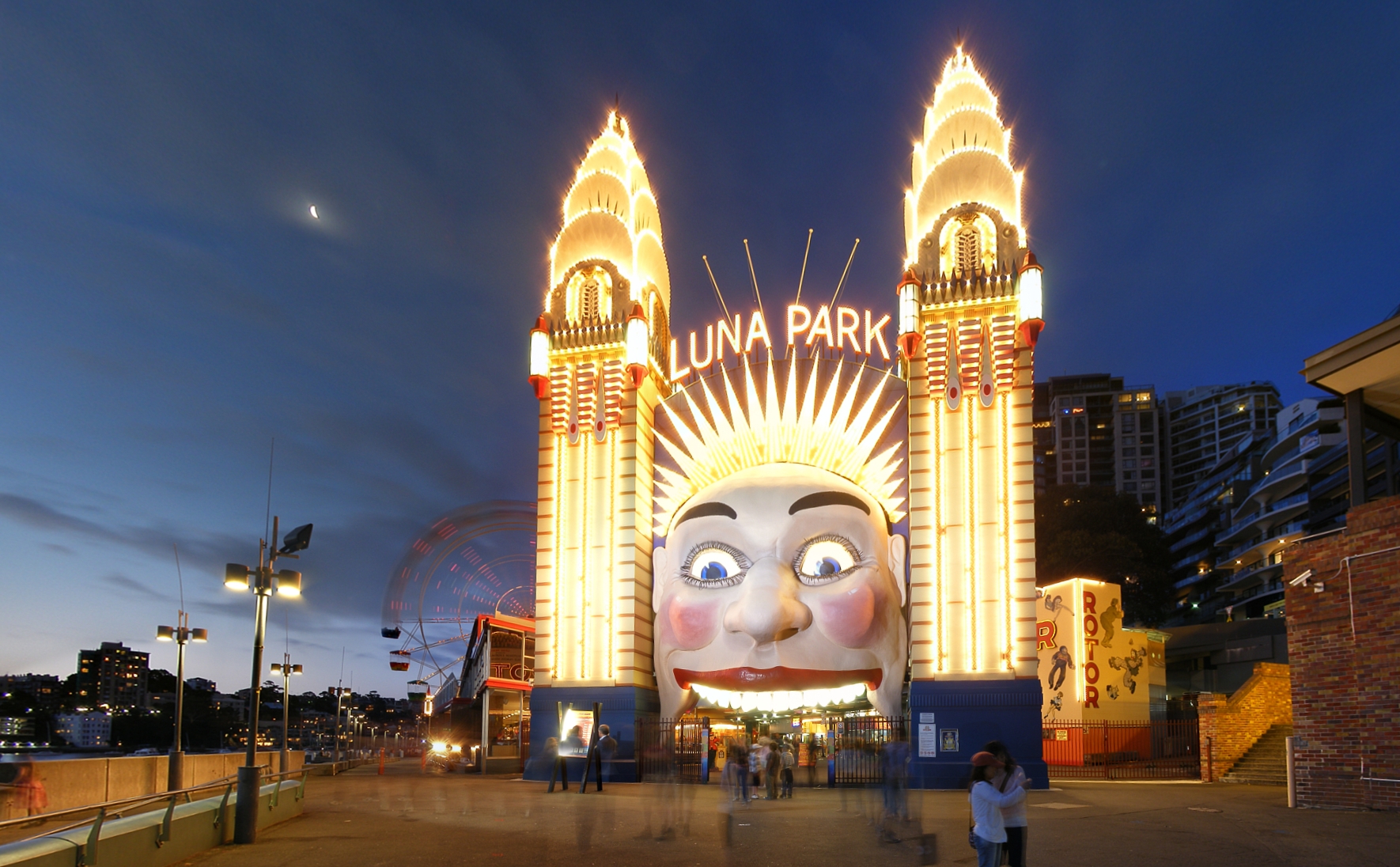
By Eruna Ichinomiya
Spirit News
September 24, 2074
Once again, the Leafa College Associated Students (LeafaCAS) are hosting Homecoming 2074 this week. This year's edition is entitled "Bailando - Hasta La Gran Victoria" and salutes the musical genre of reggaeton. It also takes on a unique double meaning. Erika Sendai, wife of Spirit linebacker Roy Hanamura, was once again named Homecoming Chair for this year's edition, making her the first-ever person to chair homecoming for three consecutive editions.
"Reggaeton is a musical genre that is making waves across Australia," said Sendai at the pep rally today. "This year, we are saluting the reggaeton genre with a tropical vibe. The reason this takes on a double meaning is that this is taking place during AFL Grand Final Week, and the Greater Western Sydney Giants will be taking part in their 20th granny. They're 10 for 20, hopefully they will win another flag. So that's why we call it 'Hasta La Gran Victoria': Until The Great Victory."
The Homecoming game will be broadcast via television on broadcast partner One and One World Sports globally. On radio, the game will be broadcast live and online on flagship radio station 5AO, the affiliate radio station from Melbourne, 3TK 710 AM, affiliate radio station from Perth, hit92.9 and Queensland affiliate radio station from the Gold Coast, Gold FM 92.5, the newest radio affiliate for Leafa Athletics.
The Schedule is as follows:
(all times in AEST)
Tuesday, September 25
8:00 a.m. - Morning Prayers - Leafa Convocation Centre
Speaker: Archbishop Robert Royce Griffiths
Roman Catholic Archdiocese of Canberra
12 p.m. - Homecoming Registration Opens - Kirigaya Hall (Administration Building)
Registered participants must check in here for their Passport and vouchers for The Saturday Homecoming Barbie at Yunipingu Field Parking Lot.
All Day - Museums: Spend the afternoon visiting one of the Leafa College Museums. Admission is free with your Homecoming Passport.
* Diomedea Museum of Japanese Animation, 10 a.m. to 5 p.m.
* D.W. Streets Museum of Natural Sciences 9 a.m. to 5 p.m., miyazaki.madoka.ca
* Leafa College Heritage Museum of Australian History, 9 a.m. to 5 p.m.
-Museums open all day Wednesday, Thursday, Friday and Saturday
Leafa College Garden: Find your peace of mind visiting the Leafa College Garden and Nature Reserve, located next to the Leafa Convocation Centre. Admission is free with your Homecoming Passport. Open 6 a.m. to sunset, all week.
Libraries: Admission is free at the following locations with your Homecoming Passport:
* Shinozaki Library, 9 a.m. to 7 p.m.
* Ayano Library 9 a.m. to 5 p.m.
Special Exhibit at Shinozaki Library: The History of Reggaeton.
For more information, please visit the Shinozaki Library website.
Libraries open all day Wednesday, Thursday, Friday and Saturday
1 p.m. Classes: Participants are invited to sit in on a variety of undergraduate classes:
Classes TBA, see College Web Site
2 p.m. and 3 p.m. - Konno Library Tours
Take a guided tour of the Konno Library at the Mitakihara School of Graduate Studies at Leafa College. Tours will meet at the reception area inside the front door and will leave at 2:00 p.m. and 3:00 p.m. Space on each tour is limited, first come, first serve.
3 p.m. - Open band practice
Leafa College Co-Directors of Band, Kumiko Oumae and Shuuichi Tsukamoto, hold a special band practice with members of the Leafa College Spirit Pep Band, the college's marching pep band.
3:30 p.m. Campus tours led by The Sleeping Knights
Paying tribute to the defunct guild in the game Alfheim Online, the Sleeping Knights is the premiere student-run organization that is dedicated to serving the Leafa College community, the City of Canberra and the Australian Capital Territory and is owned and operated by the Leafa College Associated Students. Tours are conducted in English, Korean, Chinese and Japanese.
1. Leafa College General Tour
2. Beyond The Campus: A Tour of Leafa Square, The Dorms and More
3. Touring the Leafa College Garden: Be One With Nature
Also will take place on Wednesday, Thursday and Friday. All tours start at Yuuki Konno Memorial, near Mother's Rosario House, the administrative headquarters of the Sleeping Knights.
4:30 p.m. Campus tours led by The Sleeping Knights
1. Leafa College Athletic Facilities
2. Leafa Architecture: Reinventing and Redefining The Way You Learn
3. Leafa Garden Tea Ceremony (refreshments provided)
Also will take place on Wednesday, Thursday and Friday. All tours start at Yuuki Konno Memorial, near Mother's Rosario House, the administrative headquarters of the Sleeping Knights.
5 p.m. - Shino Asada House Association Distinguished Australian Award
Honoring Lucas Omar Bermudez Chacon, CEO, Orfanato Music Group
Presentation of Award, Kyouko Sonan, Provost, Leafa College, Shino Asada House Conference Room (Doors open at 4:00 p.m.)
Wednesday, September 26
9 a.m.- 3 p.m. - Homecoming Registration - Kirigaya Hall (Administration Building)
Registered participants must check in here for their Passport and vouchers for The Saturday Homecoming Barbie at Yunipingu Field Parking Lot.
5 p.m. - Leafa Social Club Concert
Tickets required: $50 for adults, $40 for students and $30 for pensioners. Tickets can be purchased directly through the Leafa Box Office by phone at 061 2 51LEAFA (061 2 51125161) or online at the box office website.
Thursday, September 27
9 a.m.- 3 p.m. - Homecoming Registration - Kirigaya Hall (Administration Building)
Registered participants must check in here for their Passport and vouchers for The Saturday Homecoming Barbie at Yunipingu Field Parking Lot.
5 p.m. - Men's Water Polo vs. UC Irvine
Aniplex Campus Pool
7 p.m. - Leafa College Spirit FC vs. Box Hill Hawks
Battle for the Mother's Rosario Cup, Leafa Oval. Tickets required: $60 for adults, $40 for students and $30 for pensioners. Tickets can be purchased directly through the Leafa Box Office by phone at 061 2 51LEAFA (061 2 51125161) or online at the box office website.
7 p.m. - Leafa College Battle of the Bands, Tsuboi Centre and Exhibition Hall
Tickets required: $50 for adults, $30 for students and $20 for pensioners. Tickets can be purchased directly through the Leafa Box Office by phone at 061 2 51LEAFA (061 2 51125161) or online at the box office website.
7 p.m. - Men's Futsal vs. North Canberra
J.C. Staff Arena, Main Court
7:30 p.m. - Leafa College Rugby Club vs. UC Vikings
The A-1 Pictures Canberra Classic, Yunipingu Field. Battle for the Dicey Cafe Bowl. Tickets required: $60 for adults, $40 for students and $25 for pensioners. Tickets can be purchased directly through the Leafa Box Office by phone at 061 2 51LEAFA (061 2 51125161) or online at the box office website.
Friday, September 28
9 a.m.- 3 p.m. - Homecoming Registration - Kirigaya Hall (Administration Building)
Registered participants must check in here for their Passport and vouchers for The Saturday Homecoming Barbie at Yunipingu Field Parking Lot.
5 p.m. - Women's Volleyball vs. Simon Fraser Clan
Battle for the Trophy of Hope. Exhibition, Main Court, Kirigaya Family Pyramid
Approx. 8 p.m. - Pep Rally at Main Court, Kirigaya Family Pyramid
Following the Women's Volleyball game vs. Simon Fraser, the 2074 Leafa College Spirit Team will be introduced. Speeches by head coach Dan Harding, offensive team captain Lachlan Akai, defensive team captain Vic Tsuchimikado, Leafa College athletic director Erika Yano and college provost Kyouko Sonan will be made.
9 p.m. - Evening activities
Visit the world-renowned Dicey Cafe or your favorite restaurant at the Campus.
Meet Your Mates: Special gathering for Leafa College Sports Society at Dicey Cafe, cash bar @ 9:00 p.m.
Saturday, September 29
5:00 - 9:00 a.m. - Brekkie at the Dorms - Passport holders are invited to enjoy a hot breakfast at the dorm of their choice. Pay at the door (cash please), cost is $15 per person.
7 a.m. - Morning Prayers - Leafa Convocation Centre
Speaker: Archbishop Robert Royce Griffiths
Roman Catholic Archdiocese of Canberra
7 a.m. to 9 p.m. - Homecoming Headquarters and Registration - Leafa Tower
Registered participants must check in here for their Passport and vouchers for The Saturday Homecoming Barbie at Yunipingu Field Parking Lot.
10 a.m. - Men's Soccer vs. Akron
Miyamori Field
11 a.m. Women's field hockey vs. Johns Hopkins
Ogasawara Field
1 p.m. Women's Soccer vs. USC
Miyamori Field
7 p.m. to kickoff Pre-Game Tailgate at Athletics
Pack a picnic and set up a tailgate with your friends prior to the Leafa-UCLA gridiron game. The Spirit Tailgate Area will be located inside Yunipingu Gate 5. Cars can park at the adjacent car park for $50, payable on-side. Tailgate is permitted for 2 hours prior to kickoff and for one hour following the game.
9 p.m. Gridiron Kick-Off
Cheer on the Leafa College Spirit as they take on the UCLA Bruins. A block of tickets for Madoka Homecoming is currently reserved through the Leafa College Box Office. Tickets are required and cost $60 each, children ages 12 and under are free. Tickets can be purchased directly through the Leafa Box Office by phone at 061 2 51LEAFA (061 2 51125161) or online at the box office website.
8 p.m. - 4th quarter - The Homecoming Barbie
Barbecue in the Yunupingu Field Parking Lot, Gates 7-11. A voucher for the "Canberra Barbie Society Fan Zone" is included in your Homecoming registration price. Please be sure to check-in at the Homecoming registration desk to receive your meal ticket. Drinks will be sold separately on-site. A variety of family a children's activities will be offered in the "Fan Zone," including face painting, music, sports games, prizes and raffles.
9 p.m. Women's Netball vs. Canberra Darters
Battle for the Asuna Yuuki Memorial Cup. Exhibition game, Kirigaya Family Pyramid
9 p.m. - A Symphony Dedicated To Reggaeton
Presented by the Leafa College Philharmonic (LeafaPhil), Tsuboi Centre.
Ticket Required: Regular: $60.00, $50.00, $40.00;
Students: $40.00, $35.00, $30.00; Pensioners (65+): $30.00,
$25.00, $20.00.
Tickets can be purchased directly through the Leafa Box Office by phone at 061 2 51LEAFA (061 2 51125161) or online at the box office website.
Sunday, September 30
9 a.m. - Leafa College 10K Race Through The Streets
Get ready to put on your running or walking shoes and take a cruise around the different places on campus and in Canberra. The route starts at Leafa Tower and will weave around the city before ending at Campus Square. Registration is $80.00 ($50.00 for students with ID, $30 for pensioners) at the Madman Quad tent from 6 a.m. to 8:30 a.m. All proceeds benefit the Konno Foundation For HIV Prevention. Concessions and medals will be provided at finish line. This is a noncompetitive run/walk. No cash prizes will be awarded.




























